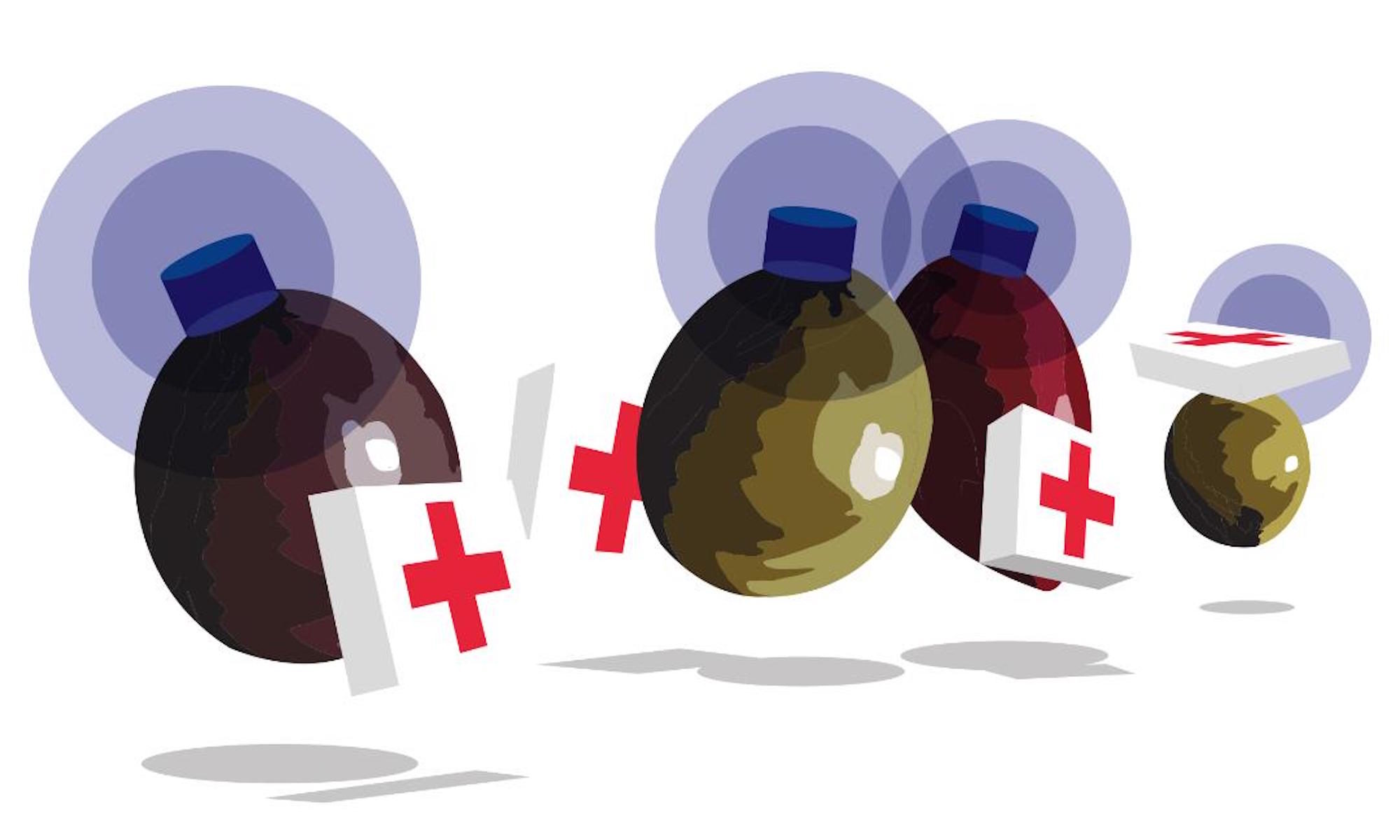It’s beginning to feel a lot like olives and their oil are perfect for the festive season. Now that some of us are eyeing that outer notch on our belts, it’s time – as it is all year round, of course – to turn to olives. Because the news is in that olives and their oil can actually reverse some of the damage done by high-fat diets, and may even help to combat fatty liver disease.
If we eat sugary or fatty foods too much of the time, this can eventually cause our cells to tire of insulin’s knock, and instead of letting it in with its partner, glucose, which should be burned for energy, instead our cells slam the door in insulin’s face, as it were, and leave it to wander around our bloodstream with the unused glucose. This is called ‘insulin resistance’ and it causes damage to blood vessel walls and leaves us without the energy we need to get through the day. It can also lead to weight gain and, eventually, diabetes.
But experiments have shown that an antioxidant in olive oil called hydroxytyrosol can reverse signs of insulin resistance as well as the non-alcoholic fatty liver disease which can result from a high-sugar and high-fat diet. When mice were fed a high-fat diet, they showed decreased levels of liver enzymes which help to create beneficial fats required for blood vessel and organ health. But when given hydroxytyrosol, their enzymatic activity was comparable to that of mice fed a normal diet, and the negative effects on other organs was also reduced. The hydroxytyrosol also appeared to lessen the negative effects of ‘bad’ LDL cholesterol. 1
The researchers stressed that to keep hydroxytyrosol intact, olive oil should not be heated; and make sure to use extra-virgin olive oil as this is much higher in antioxidant compounds than refined oil. So if you plan to enjoy your share of rich, celebratory foods this December, don’t forget that olives and their oil can give you the gift of good health.
By writer and nutritionist Sally Beare
References
- Valenzuela, Rodrigo et al (2017). Hydroxytyrosol prevents reduction in liver activity of delta-5 and delta-6 desaturases, oxidative stress, and depletion in long chain polyunsaturated fatty acid content in different tissues of high-fat diet fed mice. Lipids in Health and Disease. 16:64.

